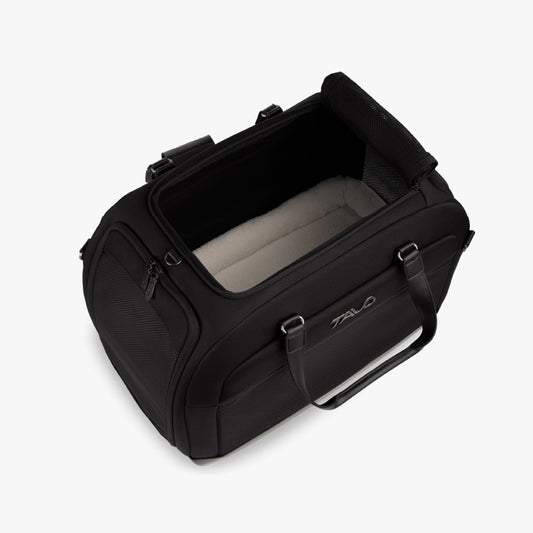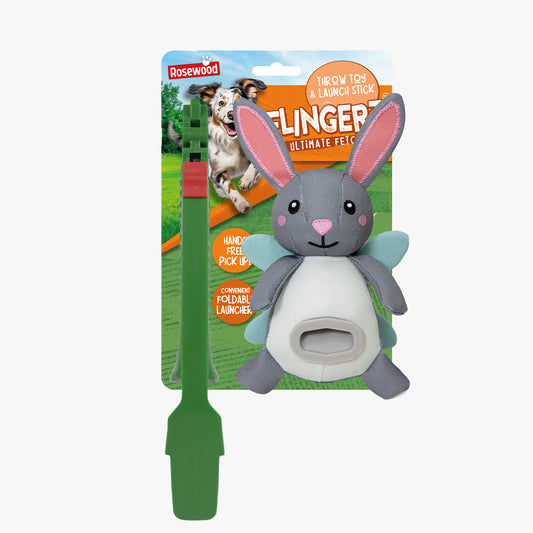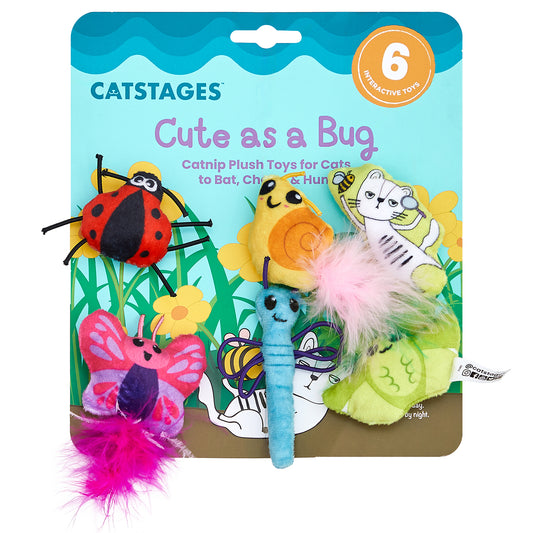Scratching is something that every cat loves to do. There are a number of reasons that your cat scratches, the main one being to keep their claws in tip top condition. They also scratch to mark their territory as a sign to other cats, and can scratch when anxious too. If you don’t want your furniture or carpets to be ruined, then a scratch post is a must-have for every cat owner. You can then encourage them to scratch this and divert their attention away from your soft furnishings.
Scratch accessories come in all shapes and sizes from small cardboard scratchers to large scratch posts and trees. Here we take a look at our favourite scratch posts from our Cat Emporium.
Our Favourite Cardboard Scratchers
Cats like to scratch in different ways; some like to scratch vertically; some like to scratch horizontally and others like a mixture of both. If your cat likes to scratch horizontal surfaces (hopefully they haven’t taken to scratching your carpets just yet!), we have a brilliant range of cardboard scratchers. These can be easily moved around the home so that your cat can keep their claws sharp without ruining your flooring.
Catit Lounge Cardboard Scratcher - This is a really good budget scratcher for cats. The whole surface is made of corrugated cardboard, which is enticing for felines and the shape is designed for cats to ‘lounge’ on when relaxing. The large size makes it ideal for all ages and breeds, and it will last a long time before it needs replacing.
Catit Pirates Barrel Scratcher - This is a super fun choice! Part of the Pirates collection by Catit. It offers both scratching and lounging capabilities all in one novel design. We also love the fact that it comes in two sizes, so you can choose the small for a little kitten and the large for adults. The larger size measures 16.53” in diameter making it great for breeds such as Ragdolls and Maine Coons.
Catit Senses 2.0 Oval Scratcher - This is part of the brilliant interactive Senses range by Catit. The scratcher itself is an oval shape and a great size for any age and breed of feline. What we love most is that it can be incorporated into a playground circuit along with some of the other Catit Senses products. Add a Play Circuit, a Food Tree and perhaps the Wellness Centre and your cat will have a whale of a time hunting, chasing and lounging.
Our Favourite Cat Scratch Posts & Trees
If your cat is a vertical scratcher as most are, then a scratch post or tower is an essential accessory for your home. They come in all shapes and sizes, so you will find something to suit the space you have available and the breed of your cat. There are small scratch posts for kittens and large towers with multiple posts and platforms for larger breeds and indoor cats. It’s important to consider your specific cat when choosing a scratch post. If you have a cat who goes outdoors and doesn’t scratch that much in the house, then maybe a compact single post scratcher will be sufficient. If on the other hand you have an indoor cat who needs to sate all of their scratching needs in the house, then you will need to consider something much larger, with places for them to climb and lounge incorporated into the structure. Here we list a range of options for every kind of cat:
Vesper Play centre Cat Scratcher - This a great miniature climbing frame for kittens by Vesper. Vesper makes premium quality cat furniture that looks stylish whilst offering practical solutions for scratching felines. Your kitten will enjoy climbing over this A-frame structure and can scratch and play too. It can be moved around and set in different positions to make playtime different for your cat. It features a scratch pad and a small scratch post as well as a memory foam pad for lounging and a catnip toy that they can ‘hunt’ and bat around too! It’s the perfect first scratch post for kittens.
Rosewood Tarragon Cat Scratch Post - The Tarragon scratcher is a three-post design. Each post varies in length and has an attached catnip toy for added playtime fun. If your cat needs encouragement to scratch in the correct places, then these toys are just the thing to entice them. It will make a great first scratch post for kittens as it isn’t too big. The varying sizes will also give your cat chance to stretch and scratch as they grow into adults. Larger breeds may find this isn’t large enough once they are fully grown though. Ragdolls and Maine Coons for example may like something much larger, but this is an excellent choice for kittens, smaller cats and outdoor cats who don’t tend to scratch indoors that much anyway.
Rosewood Catwalk Collection Zurich Cat Scratch Post - The Zurich has all of the same things that we love about the Tarragon, but in an exciting round shape with an added platform on top. Your little kitten will enjoy scratching and climbing over this mini frame and the dangly catnip toys will keep them coming back for more playtime fun. A brilliant scratch post for kittens and small cats
Rosewood Catwalk Collection Cinnamon Scratch Post - Do you love the look of the Zurich scratch post, but have large adult cats? Then take a look at the Cinnamon scratcher. This has the same three post structure but on a much larger scale. It has a multi layered design too, which will appeal to your cat’s climbing instincts. It’s a great choice for those with an adult cat or multi-cat households.
Trixie Galeno Scratching Post - This is more than just a scratch post. This design has a cosy hideout at the base with a post that stretches up to two platforms that sit at different heights. It will sate of your kitty’s scratching desires whilst also allowing them to hide away for a snooze when they want, or climb the tower to survey their domain! The hideaway and platforms are covered in a lovely soft plush faux fur too which will appeal to your kitty’s love of soft fabrics. A great option for one or two cats.
Trixie Ava XXL Cat Tower - The first thing to notice about this scratcher is the striking design. It has a contemporary, geometric style with cube-like structures bookmarking a wide scratch post. The bottom cube is a cosy hideaway that will provide your cat with a secluded spot for napping and sleeping. The top structure is an open top cat bed. Both are fully lined with plush faux fur and have the addition of reversible cushions. The scratch post is wrapped in jute as is the top bed giving plenty of scratching options. This a brilliant option for large breed cats including Ragdolls and Norwegian Forest Cats. They’ll love the generously sized lounging areas!
Vesper Box Large Cat Cube - Vesper is a brand that fuses style and practicality in a seamless way. They consider everything that a cat likes and work these practical attributes into well-designed, aesthetically pleasing pieces of contemporary furniture for the home. The Large Box Cube is a miniature climbing frame with lounging places, a scratch post and dangly toys all in one sleek structure. It’s ideal for kittens and will last well into adulthood. It’s large enough for multiple cats too who will enjoy chasing and playing with each other around the frame. It has removable pads - some for scratching and some for laying on that can be washed or replaced as needed. That’s one of the best things about this scratcher; Vesper makes spare parts, so if your cat wears the scratch post or pads out, you can purchase replacements to make it look as good again.
Rosewood Charcoal Felt Double Cat Tower - If you’re looking for something sleek that will fit in to a modern home then this scratch tower might be just the style you’re looking for. Where the other posts have been crafted from cream fabrics and wooden accents this post is all grey. A stylish colour palette that will work seamlessly into any modern home. It features three scratch posts together with a tunnel, a round hideout and a top platform. It’s ideal for cats who love to climb and large enough for multi-cat households with two or three felines.
Trixie Humberto XXL Tall Scratching Tower - Are you looking for the ultimate scratch post? If you need an indoor playground with multiple places for your cats to scratch, play and lounge then this XXL scratch tower from Trixie may be just what you’ve been looking for. Standing at over 5 feet tall, this tower has 8 scratch posts, a large hideout in the middle, a platform on top and three hammocks; plus, a rope toy for added fun. It is ideal for any cat, but especially large breeds who will love the generously proportioned hammocks, and indoor cats who will get plenty of exercise climbing and playing around the frame. It is finished in a neutral colour palette of grey and cream so will look good in any home too.
We hope you like our pick of the best cat scratch posts and trees. Which you choose will come down to the needs of your specific cat. If you’re looking for a small post for a kitten you might choose the Tarragon. If you want a moderate sized post for an adult cat who mainly goes outside, then the Galeno might be suitable. If you need a large tower for multiple indoor cats, then we’d probably suggest the Humberto. Whichever you choose, we think your cat will love it.
If you need any more information regarding any of the products listed here, please do get in touch. We’re always happy to help!


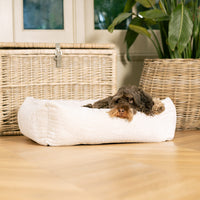

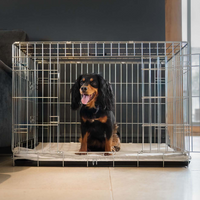
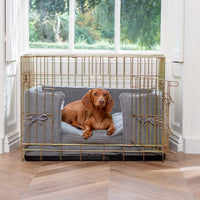
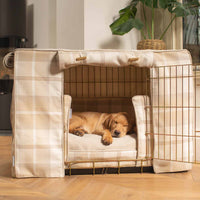
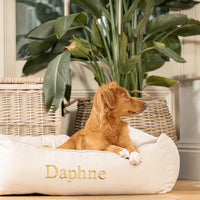
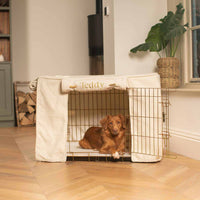
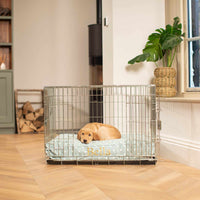
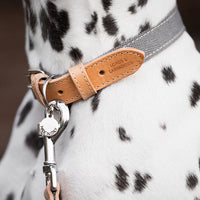


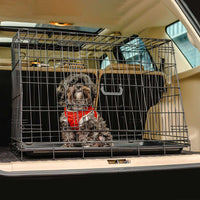

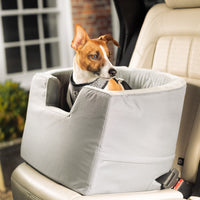
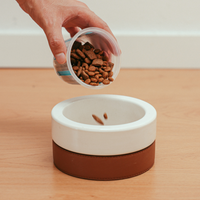
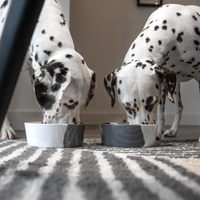
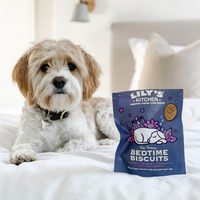


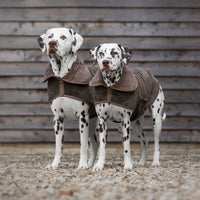

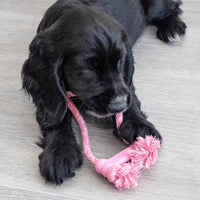
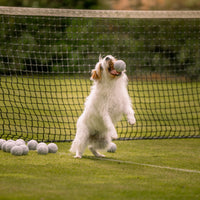
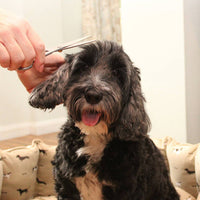

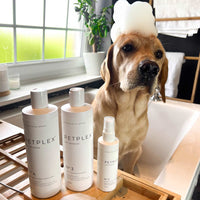

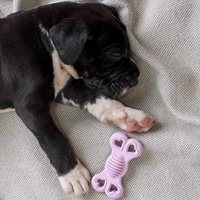
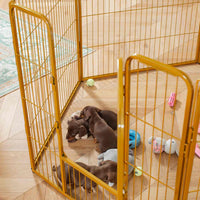
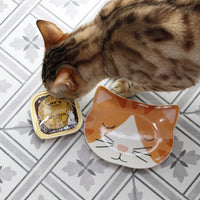
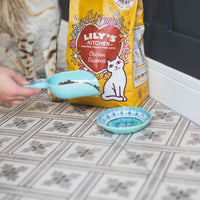

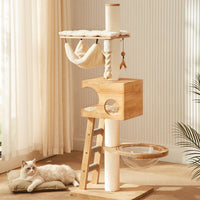
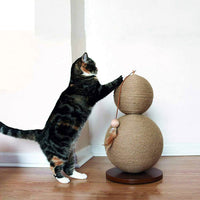
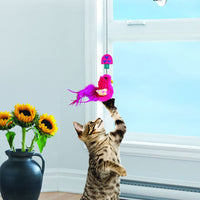
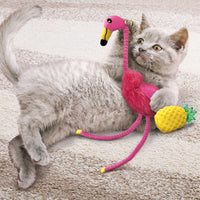
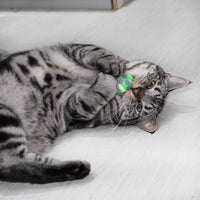
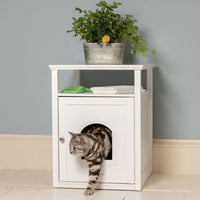
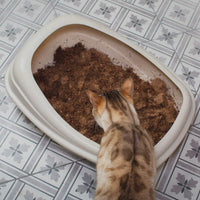

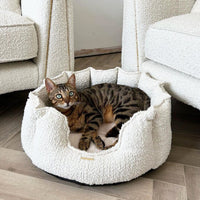
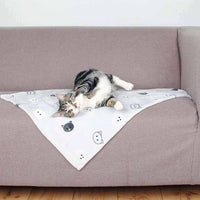
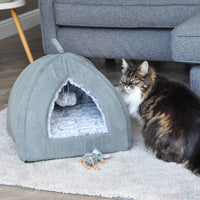
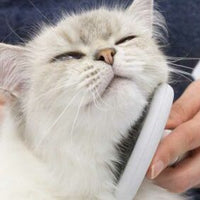
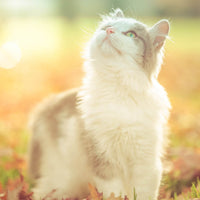


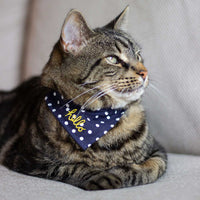
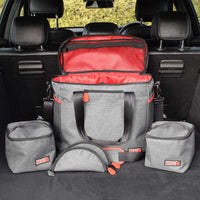
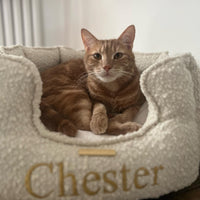
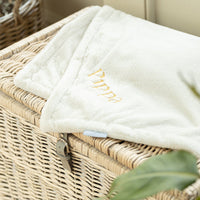
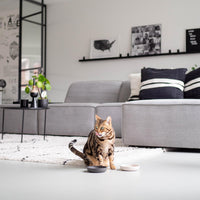




![[color:pepper]](http://www.lordsandlabradors.co.uk/cdn/shop/products/Champions-Only-Column-2.jpg?v=1673862954&width=533)
![[color:cappuccino]](http://www.lordsandlabradors.co.uk/cdn/shop/products/kings-_-queens-catharina-160-2.jpg?v=1673517478&width=533)
![[color:cappuccino]](http://www.lordsandlabradors.co.uk/cdn/shop/products/Kings-_-Queens-Ramses-158cm-Cat-Tree-3.jpg?v=1673525436&width=533)


.jpg?v=1736434525795&options=)








